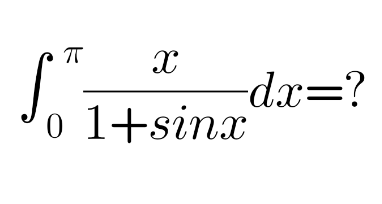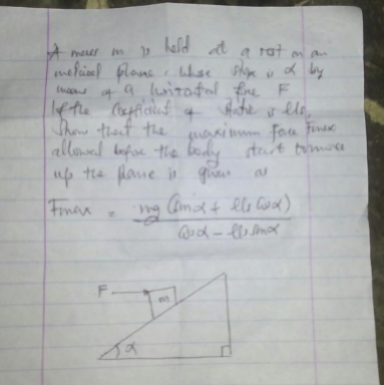
AllQuestion and Answers: Page 1080
Question Number 110725 Answers: 2 Comments: 0
$${x}^{{x}^{{x}^{{x}^{...} } } } =\mathrm{2}\:\:\:\:\:\:\:{x}=? \\ $$
Question Number 110562 Answers: 2 Comments: 0
Question Number 110565 Answers: 0 Comments: 15
Question Number 110688 Answers: 0 Comments: 0
Question Number 110551 Answers: 2 Comments: 0

Question Number 110550 Answers: 0 Comments: 0

Question Number 110549 Answers: 2 Comments: 1

Question Number 110545 Answers: 1 Comments: 2

Question Number 110543 Answers: 1 Comments: 0

Question Number 113557 Answers: 1 Comments: 0
Question Number 113644 Answers: 1 Comments: 0

Question Number 110539 Answers: 0 Comments: 4
Question Number 110644 Answers: 1 Comments: 1
Question Number 110888 Answers: 3 Comments: 0
Question Number 110887 Answers: 1 Comments: 2

Question Number 110528 Answers: 1 Comments: 0

Question Number 110525 Answers: 0 Comments: 1

Question Number 110524 Answers: 1 Comments: 0
Question Number 110523 Answers: 0 Comments: 0
Question Number 110510 Answers: 0 Comments: 0

Question Number 110519 Answers: 1 Comments: 2
$$\:\:\:\:\:\:\mathrm{17x}\:\equiv\:\mathrm{3}\:\left(\mathrm{mod}\:\mathrm{29}\right) \\ $$
Question Number 110504 Answers: 0 Comments: 0
Question Number 110503 Answers: 4 Comments: 7

Question Number 110715 Answers: 1 Comments: 2
Question Number 110498 Answers: 1 Comments: 3
Question Number 110490 Answers: 1 Comments: 0
Pg 1075 Pg 1076 Pg 1077 Pg 1078 Pg 1079 Pg 1080 Pg 1081 Pg 1082 Pg 1083 Pg 1084
